The military and tactical backpacks were originally designed for soldiers during combat. Versatile, durable, and compact, these bags were created to hold soldiers’ personal belongings and essentials.
Since then, military backpacks have advanced to include all the features that make them ideal for everyday civilian use.
Not long ago, military backpacks were used exclusively by the Army. Troops in other branches of the armed forces had to rely on commercial backpacks to everyday carry their gear. Today, this is no longer the case. Backpacks made for actual military use can be found in any large army supply store. The best part about these packs is the fact that they work perfectly for people outside of the military as well. After all, these are high-quality products that can prove to be very useful in day-to-day life.
Military backpacks, like other military equipment, are designed for harsh environments. This makes them great for camping and climbing, but finding one that is both durable and comfortable can be a challenge.
If you’re looking for an excellent tactical backpack to use for your next trip into the wilderness, then you’ve come to the right place.
Koala Outdoor listed some of the different types of military and tactical backpacks available and explains how to choose one that is right for you.
What backpacks do the army use?

The right bag can make a big difference when you're trying to navigate the trail comfortably. For the military, regular backpacks and hiking bags are less than ideal because they don't offer all of the features they need. Whether you're carrying gear, water, or other important items, you have to make sure that your bag can withstand the kilometres on the trail or in the field. That’s why the military uses the best tactical backpacks.
The Army uses tactical backpacks that are designed to carry equipment with the MOLLE system, which allows for customizable storage of essential items while using as little space as possible. These bags range from small hydration reservoirs to larger rucksacks and come in a wide range of different colors and camouflage patterns depending on the assignment. Special forces love them for their tactical appearance, and because they can keep their important gear organised
A standard military backpack has two main compartments. The front admin pocket opens like a suitcase, with zippers that provide access to large internal storage areas. This is where special forces and military personnel can store extra tactical gear or clothing. The second compartment closes with several compression straps and buckles, providing more storage space for items such as ammunition pouches, weapons, and rations. It is designed to carry most of the equipment special forces need for a day or more in the field.
The military uses three different types of backpacks for carrying equipment. The first is the duffel bag, which is similar to a gym bag; it has two padded shoulder straps and is cylindrical in shape. Duffels may be carried like suitcases if needed or can be worn on the back like a backpack. It usually comes with a number of pockets and pouches.
The second type is the bumbag, which attaches to your belt and loops over your shoulder. It has a smaller profile than the duffel bag. Buttpacks typically carry extra ammunition for weapons such as rifles or handguns. They also come in a variety of camouflage patterns to match whatever outfit you need—Multicam for a desert environment, a woodland pattern for jungle terrain, or digital camo to match urban scenery.
The third type is the MOLLE rucksack, which is intended for everyday use by soldiers and the marine corps. The modern US military backpack has evolved from the Vietnam-era ALICE pack, which was designed with metal support bars to keep the pack rigid, which meant that it could carry more weight. MOLLE packs are designed to be worn over body for increased comfort and convenience. The older ALICE pack is still in use by special forces who need a heavier load capacity than what modern backpacks allow.
Military backpacks vs Tactical backpacks vs Hiking backpacks
While many people use the terms interchangeably, there is a clear difference between military backpacks, tactical backpacks, and hiking backpacks.
Military backpack
Military backpacks are small, low profile, and extremely rugged. They can expand and become larger through the use of attachable pouches for any purpose. Usually made from 500d or 1000d nylon or poly, a heavy-duty material that can withstand considerable heat and friction before failing. This pack's exterior has PALS (Pouch Attachment Ladder System) webbing or other attachment slots on every surface that isn't already covered by molle straps, buckle, or zipper.
Tactical Backpack

A tactical bag is created with durability, functionality, modularity, and organization in mind. These types of bags were originally designed for the armed forces but have found their way into mainstream use. You can find a tactical bag version of almost any kind of bag nowadays, whether it's a backpack, daypack, duffle bag, sling bag, messenger bag, hip belt, or waist pack. Usually designed for carrying heavier loads and often come equipped with an internal frame for support. They also often feature other additional items such as a hydration bladder and a fleece-lined pocket for sunglasses.
Hiking backpack
Hiking backpacks emphasize comfort, carrying capacity, and lightweight. They usually feature many high visibility colors and patterns that help the carrier remain visible to friends and rescuers alike.
What are military backpacks called?
The general purpose of a backpack is to carry belongings wherever you go. In the military, this is necessary for long-term missions or any time you need to carry a lot of gear with you. Since this is what the backpack is designed for, it tends to have a larger capacity than other packs. It should also be able to hold up under challenging conditions; this is why the US Army uses backpacks designed for durability and resistance to abrasions or punctures.
MOLLE
MOLLE stands for Modular Lightweight Load-carrying Equipment. These bags were designed to improve the load carriage and individual soldier effectiveness in the field. MOLLE is an interface system and does not refer to any one specific piece of equipment.
MOLLE is often confused with ALICE pack, which was the US military's previous generation modular pack system. The MOLLE pack has several improvements that make it superior to historical designs. MOLLE is made up of many different components allowing for almost infinite configurations.
MOLLE has four different types of packs: rucksack, sustainment pack, mission pack, and assault pack. The rucksack is implemented as a large volume pack that can be used for extended missions with the ability to carry additional equipment besides what is on the soldier's individual combat load. The sustainment pack is used to supplement the rucksack with additional supplies when the extra carrying capacity of the ruck is not needed.
The assault pack, the smallest of the packs in MOLLE, was designed to give special forces equipment that they would need for short missions; this includes ammunition, food, and medical supplies. The mission pack is an additional rucksack that can be used in place of the sustainment pack for heavy loads.
IOTV
The Army's standard backpack is known as an Improved Outer Tactical Vest Carrier, more commonly referred to as IOTV. It is made of heavy ballistic nylon, with plastic inserts that allow for maximum protection while still being lightweight. The outside of the vest features numerous pouches, both on the front and on the sides, for carrying weapons, ammunition, helmets, optics, medical supplies, rations, water bottles. The back is mostly featureless to allow airflow to reduce sweating.
The IOTV backpack is the standard issue for U.S. forces and has built-in MOLLE webbing on which special forces can attach extra equipment like pouches or even other backpacks, like daypacks or rucksacks. While new models are being developed all the time, this design has been around since at least the '90s and is a proven design with a very effective weight distribution system.
Assault pack

An assault backpack is a smaller and more focused backpack designed for quick-strike missions. While standard backpacks may supply a soldier’s needs for up to a week or more, an assault pack supplies enough supplies for a short mission of 24 to 48 hours.
Assault packs are used by the military to carry essential supplies on combat missions. Each assault pack carries different items, depending on the mission, but some of the more common elements include:
- Water
- Food
- Clothing (extra socks, t-shirt, and underwear)
An assault pack is a small backpack, roughly the size, and shape of a hydration bladder, which contains supplies used to replenish military members in the field. They are highly customizable while utilizing military surplus and designs which often include items such as food rations, spare batteries for night-vision goggles and radios, medical supplies, spare clothing, and other items required by individual soldiers. Assault packs are often carried on the front of the IOTV so they are easily accessible.
Duffel bag

Military duffel bags can be used to carry a variety of different items, from clothing to food. They are typically made out of Cordura nylon and have two carrying compression straps on the top, making them easy to store and transport. Duffels sometimes also include shoulder strap attachment points so they can easily be attached to an airplane or motorcycle.
Many models also include extra pockets sections, which are great for storing various toiletry products. They also provide MOLLE webbing on the exterior of the bag for attaching additional gear, such as first aid kits and holsters. Duffle bags may be used by the military, but they are also popular with civilians looking to transport sports gear or any other items that need durable storage.
Bumbags
Bumbags attach to a soldier's belt and are incredibly small, giving them room for only the essentials they need during their daily routine. They typically have a single strap that goes over one shoulder and can be removed if necessary. This is very similar to a fanny pack but much more durable and functional. Bumbags do not open like a traditional backpack and instead just have a zipper along the top to allow for access.
Rucksacks
A standard daypack, or rucksack, has an internal frame to help it maintain its shape while being worn and distribute the weight of stored items onto the wearer's hips, back and shoulders more effectively. It has shoulder straps with sternum straps to help secure it against the body but lacks MOLLE webbing.
Rucksacks are generally smaller than other types of military backpacks and lack as much storage space as well as external pouches for extra gear.
Does the army give you a backpack?
Backpacks are given to soldiers in the Australian Army depending on their role and assignment. Special forces who are required to patrol or maneuver extensive distances carry backpacks, which typically include rations for meals, water bottles (usually 2 liters), personal effects like toiletries and changes of uniform, medical kits (bandages, tourniquets, painkillers, gauze), and other small items like razors or toothbrushes.
The Australian Army provides each soldier with a standard combat backpack, which is designed to carry equipment in the MOLLE system. The tactical vest carrier can be used as a backpack, but this is not its intended purpose, so it does not have the ability to hold all the items that should be carried by an infantryman. For this reason, special forces have to use a separate pack for carrying supplies. Soldiers who are not in direct combat roles often have soldier systems that don't include the MOLLE system, which means they will need to provide their own excellent pack.
Choosing the right tactical backpack?

In order to make a purchase of tactical backpacks for special ops and army rangers, it's necessary to assess one's own needs. This is because the requirements for these soldiers are different from those you need.
First, it is important for soldiers to assess their own needs when choosing the right tactical backpack. What types of missions will they be using it for? How long are these missions likely to last? Are there preferred supplies that are required during every mission? These questions can help to determine what type of storage space is required in order to meet all of the needs of a soldier. The assault bag provides plenty of storage, but it is smaller than some traditional backpacks and requires careful organization in order to maximize its capacity.
Second, there are several features that can be considered when choosing a tactical backpack. Water resistance, durability, and ease-of-use should be at the top of any military backpack shopping list. Also, the following features are often included in tactical bags. It is also helpful to consider manufacturing materials and design details.
Third, it is important to check the various features of a backpack prior to making a purchase. Many soldiers will test out their tactical pack by filling it with weights and walking around for several days at a time. It should stand up to this wear-and-tear without causing any damage or discomfort. The most durable backpacks are made of Cordura nylon, dual compression straps, which can withstand being dragged over rough terrain and debris without rubbing or tearing.
Cordura nylon backpacks are also easy to clean and maintain, making them the preferred material for tactical packs. They should also be water-resistant in order to prevent damage from rain and moisture. A good zipper is another important feature of a tactical backpack; this allows soldiers to access supplies in an emergency, or when in dark conditions.
Fourth, there are several features that should be considered in the manufacturing of tactical backpacks. The most durable packs are sewn with heavy-duty thread and double stitched in high-stress areas like the joints. These backpacks will last longer than those that are sewn with flimsy thread, which will break even under light use. Another important feature is the way in which fabric has been joined together to form the backpack. The stitching should be straight and evenly overlapped so that there are no visible gaps between panels of fabric.
These procedures ensure there are no weak points in the pack where it might separate into separate pieces. All of these factors can help a soldier determine which backpack is right for them and will provide the best durability and performance on the battlefield.
What personal items should a soldier carry?
A soldier's personal items depend greatly on their individual duties and missions. However, all soldiers are required to have a combination of certain items, from uniforms to toiletries. These include:
Essential items
Hydration
The hydration pocket, a piece of equipment issued to soldiers with their load-bearing vest, carries up to two liters of water and attaches to a tube that can be quickly accessed with a bite valve - that allows access to the water without removing the pack.
MRE food
MREs (Meals, Ready-to-Eat) are the soldiers' standard food ration. The meals come in self-heating packets that allow soldiers to eat quickly and efficiently in the field. They are carried by soldiers in their MOLLE packs, which include an inner pouch for snacks. Soldiers can choose from multiple menus. Depending on the menu, MREs supply a soldier with enough food to last 72 hours.
Survival kit
The Australian Army provides soldiers with survival essentials in the event that they need to survive for up to 72 hours in the wilderness. Their equipment includes sunscreen, a first aid kit, medications, a fire kit with a fire starter, extra clothing and socks, sunglasses, and a flashlight. Additionally, soldiers may carry a small tent or poncho to provide shelter for themselves during their isolation.
You should keep in mind that the contents of a soldier's backpack depend on the conditions in which he or she is operating. Certain environments require specific items: a jungle environment will include mosquito repellent and sunscreen, for example, while an arctic environment will include hand and foot heating warmers.
Weapons and communication
In a MOLLE, soldiers can carry a claymore mine and an antipersonnel mine, as well as six magazines with 30 rounds each. They can also take a survival knife, a tactical radio, a GPS unit, satellite phone, and other consumer electronics with them, which allows soldiers to communicate with each other easily.
Personal items
In addition to standard gear, soldiers may simply tuck their personal items into the various pouches on their MOLLE. Personal items, such as an MP3 player, photographs and books, and a pen and notepad can all be stored in MOLLE.
FAQs
What to pack on the top of your military backpack?
For easy access, place your poncho, self-defense items, and navigation gear on the top layer of your bag when you’re on a mission. Put snacks, water purification tablets, and other small items in the same area.
What to pack in the middle of your pack?
Put your shelter half, poncho liner, or whatever you use to set up camp for the night in the middle of your bag. That way, it will be easier to access when you stop for the night.
How to pack a tactical backpack?
When packing a tactical backpack, put the heavy, less-frequently-used items on the bottom and lighter, more frequently used items on top. By using this method to pack your pack, you'll have easy access to the gear you need most while still preserving balance and feeling as though your pack isn't too heavy.
What gear to attach outside your pack?
If you own a 5.11 tactical pack or assault backpack, attach canteens, first aid gear, eye and ear protection, holsters, and other essentials to the convenient webbing platform.
How much do soldiers carry in their packs?
A military backpack is designed to hold up to 60 pounds of equipment, depending on the size and configuration of the individual soldier. It weighs roughly 8 pounds when empty and has been estimated that it can hold around 15 pounds of gear at a time. Soldiers are allowed to customize their packs by rearranging equipment or attaching additional pouches in order to meet their individual needs. The most common items carried by soldiers in the IOTV include a canteen, MREs, a combat lifesaver kit with a tourniquet and bandages, ammunition for various weapons, GPS devices, dust goggles, and earplugs.
Conclusion
When you want a backpack that can withstand your toughest adventures, travels, and conditions, use these rugged, durable, don't forget to consider tactical backpacks. Designed for rugged use and short day trips, tactical backpacks offer comfort, storage, and protection for all of your valuables. The next time you are shopping for backpacks, buy a tactical one.
Tactical backpacks are an excellent choice for everyday hikers, travel bags, and school bags. The packs’ durable construction won’t let you down, from the super-strong zippers to the stout padded shoulder straps.



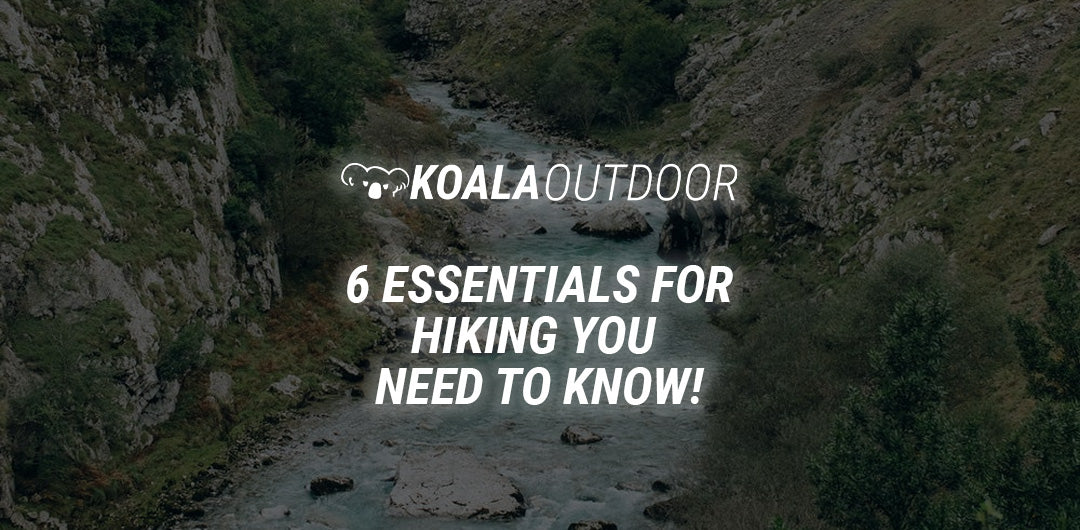
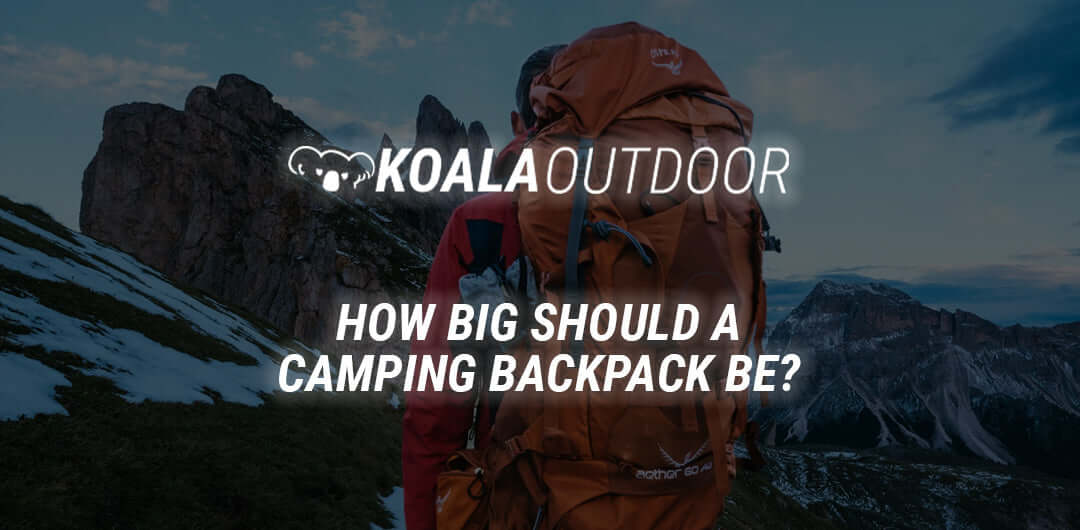

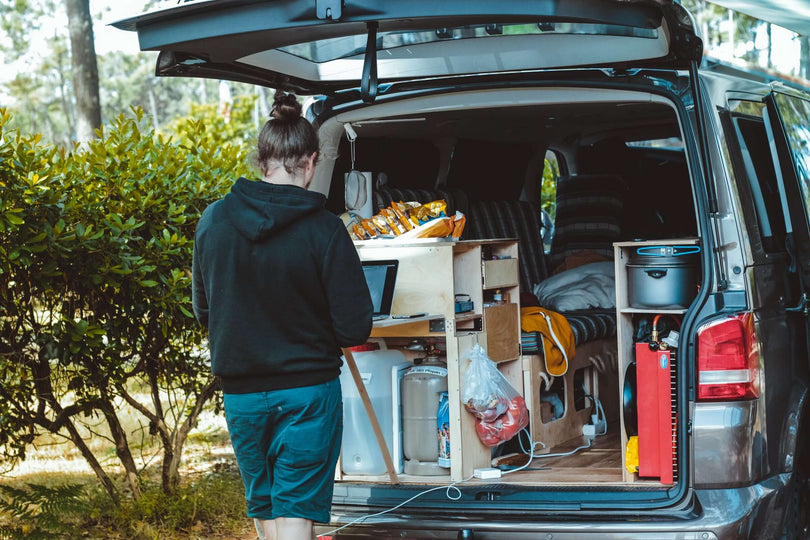

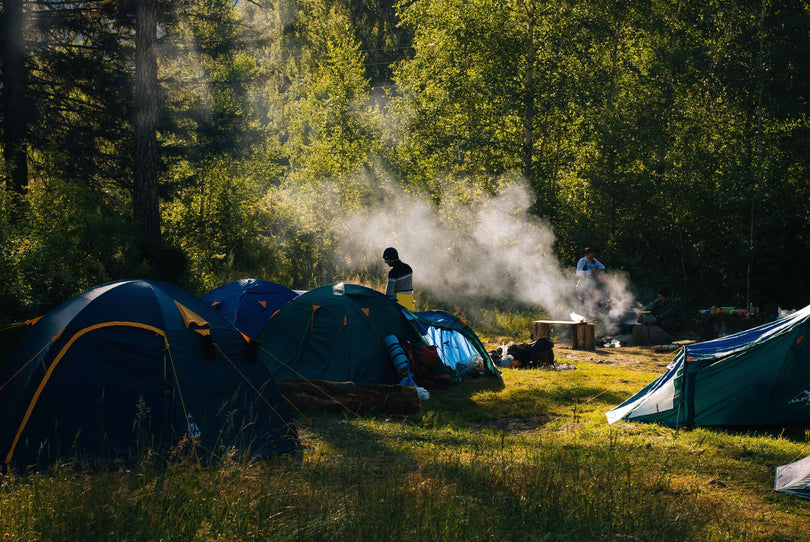
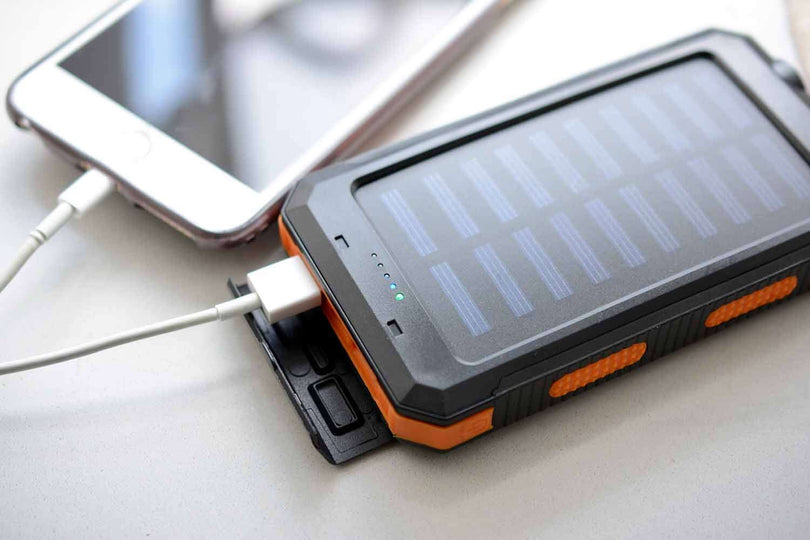
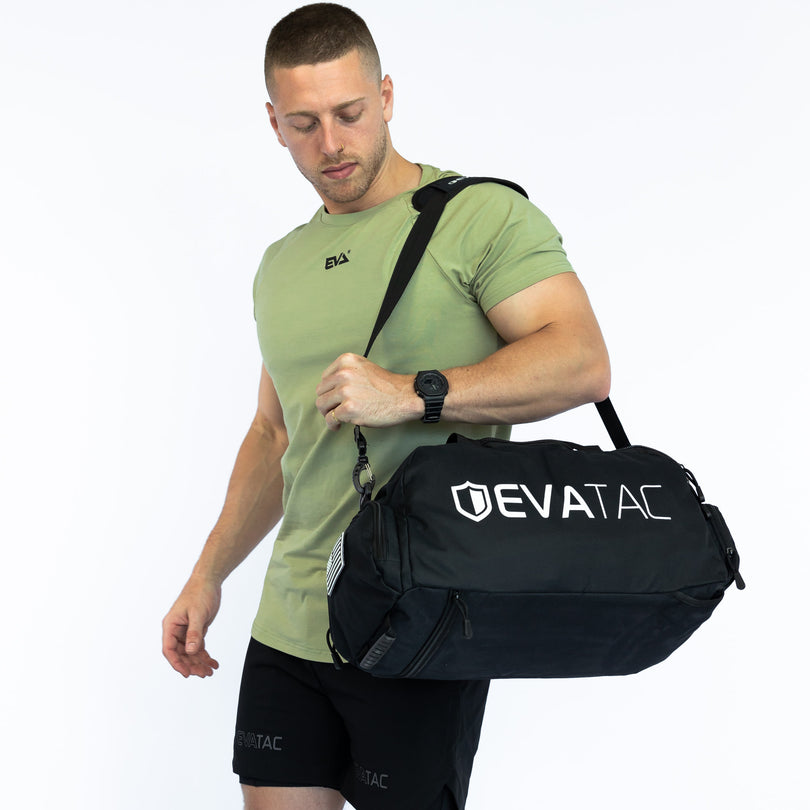
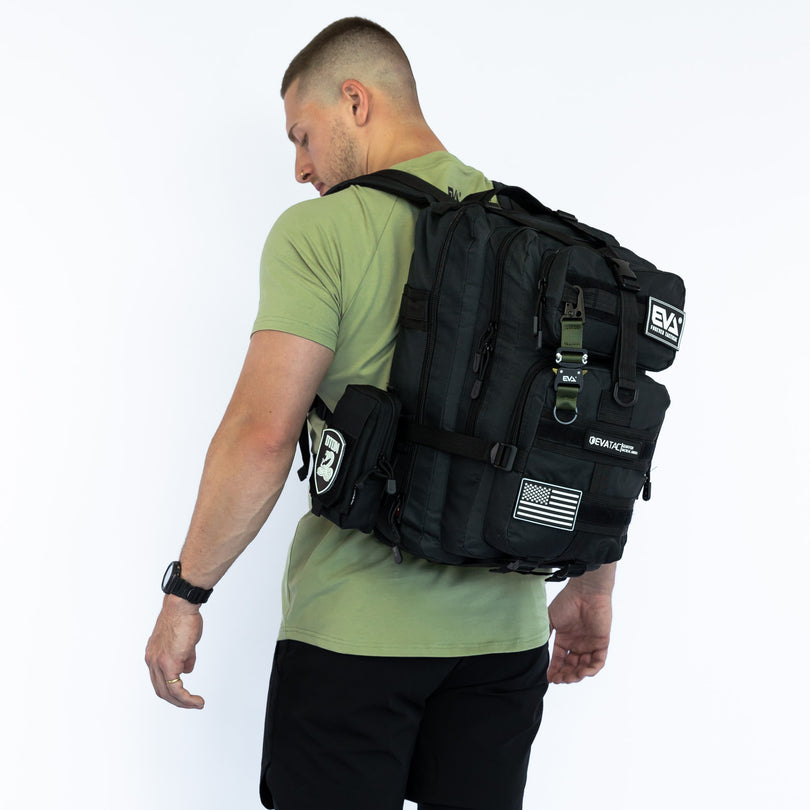
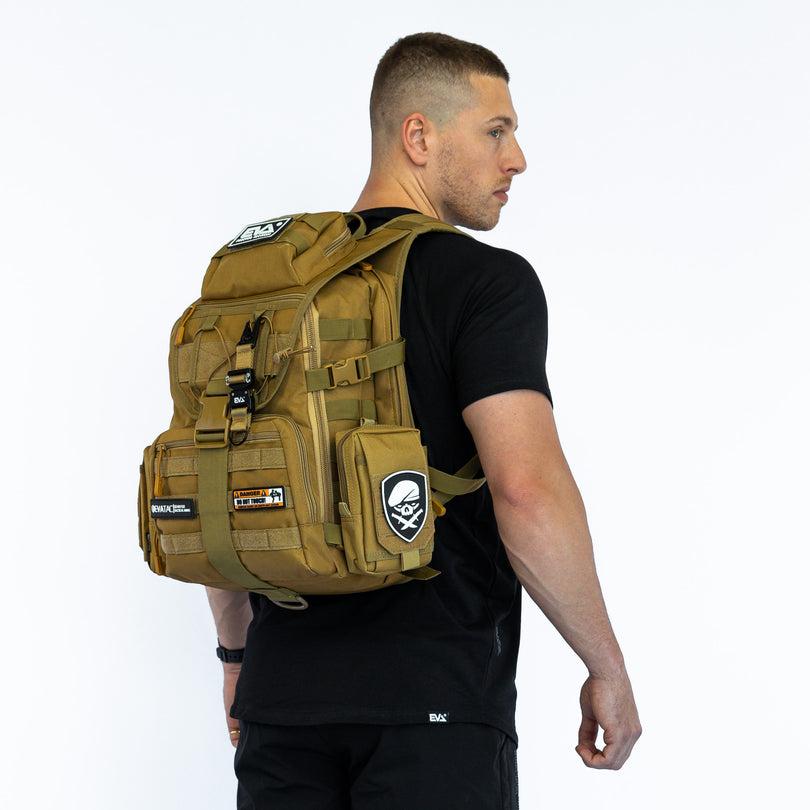
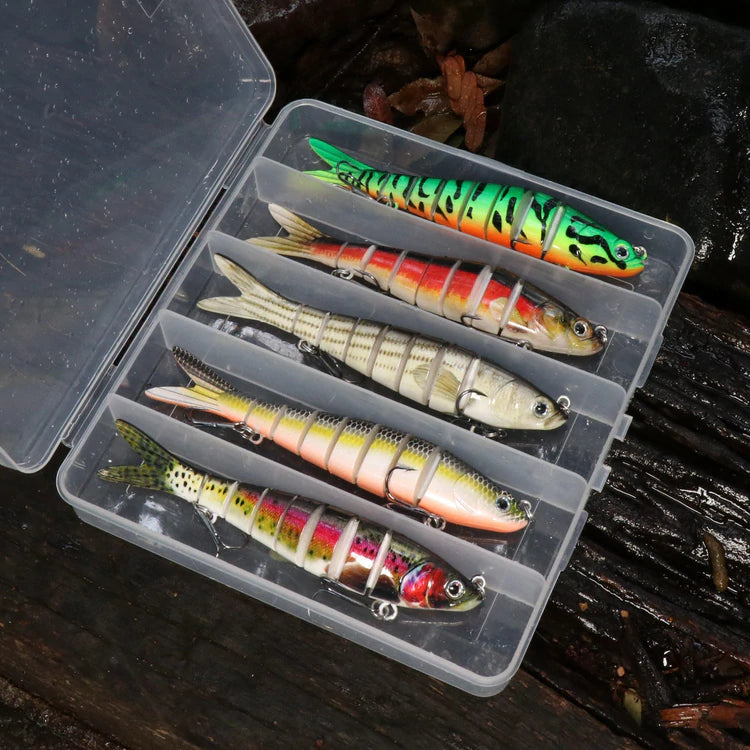
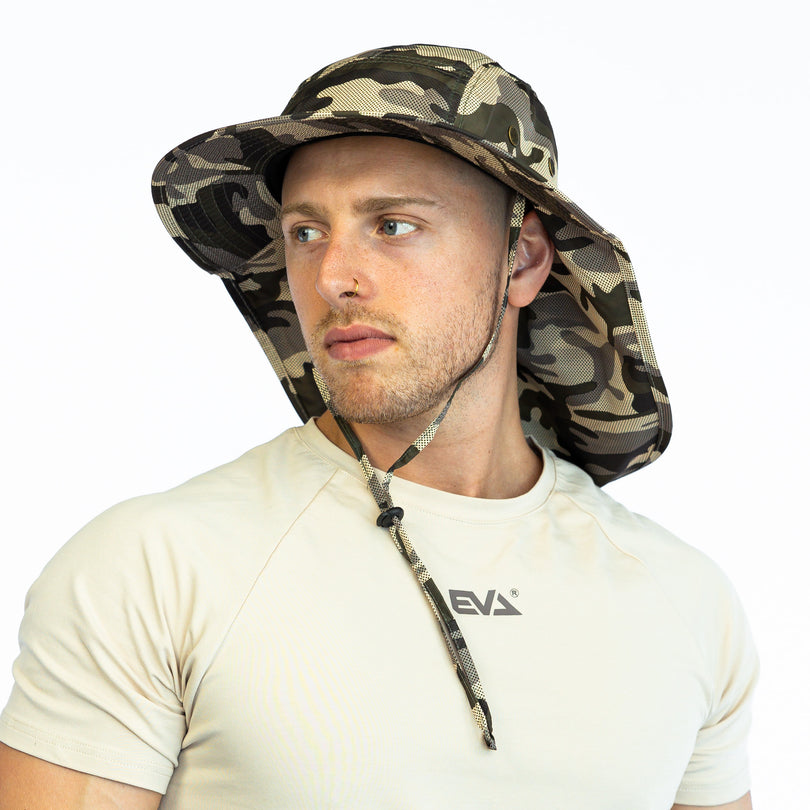
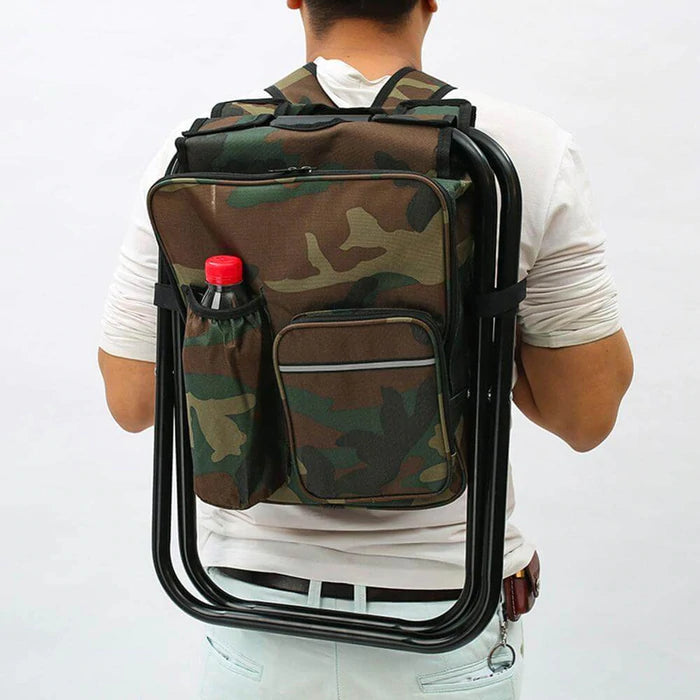
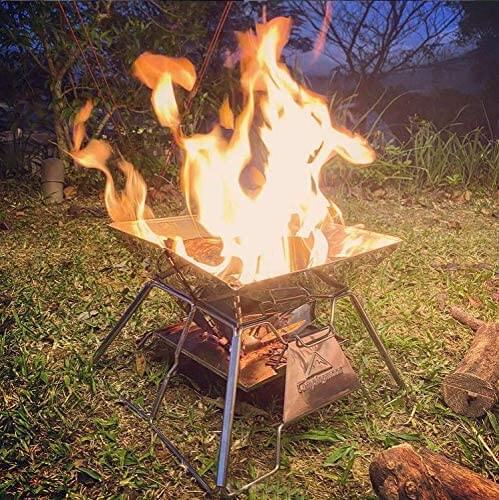
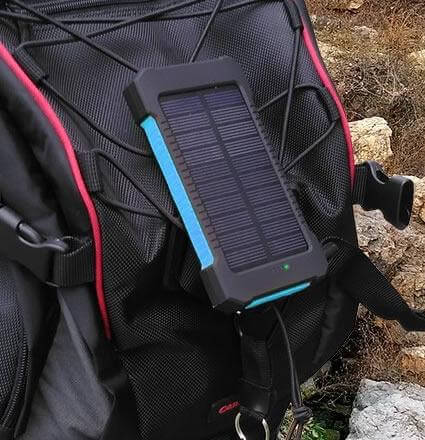
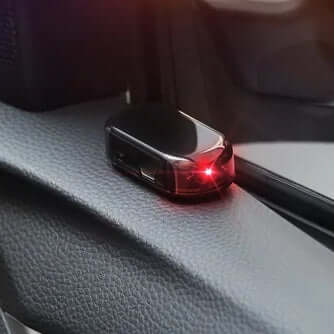
2 comments
Otto Cossalter
Would like to purchase Evatac strike 35 backpack, black for $58.77 Club price.
How does one become a Club Member?.
No information on your site.
Cheers Otto
Would like to purchase Evatac strike 35 backpack, black for $58.77 Club price.
How does one become a Club Member?.
No information on your site.
Cheers Otto
Glenn
Rucksack
Rucksack